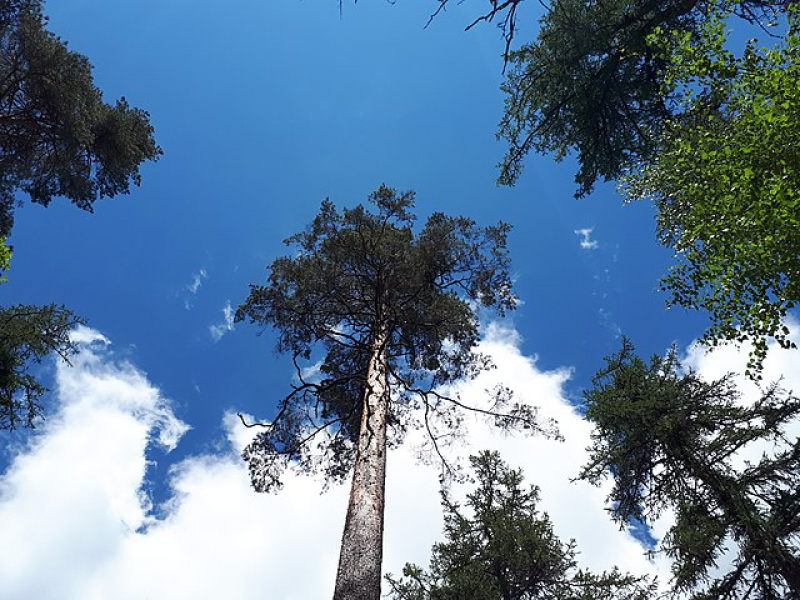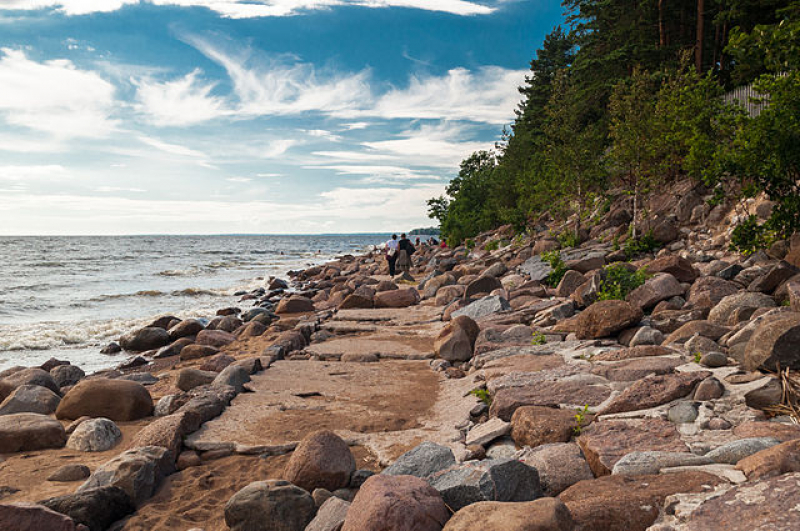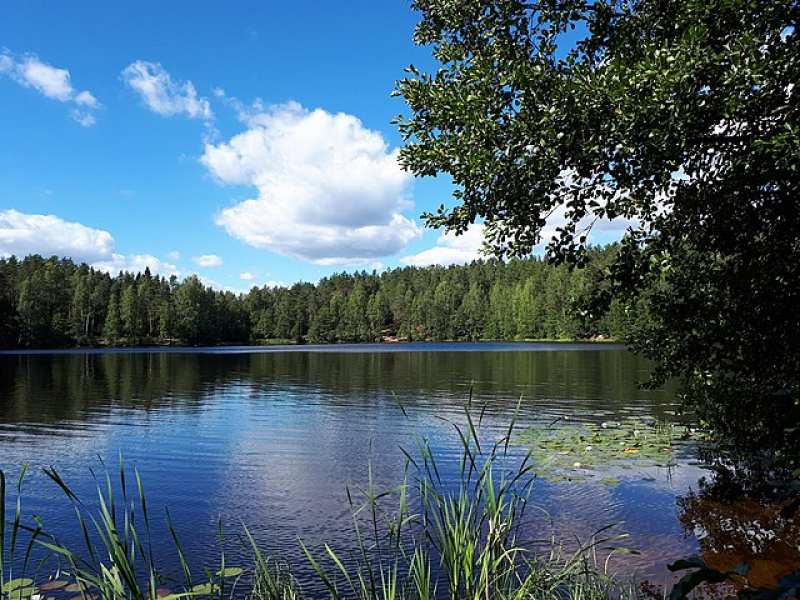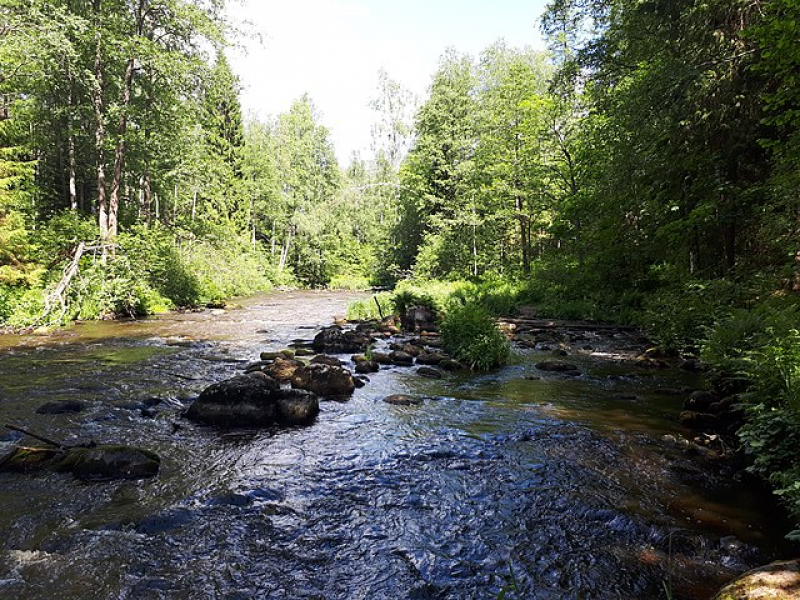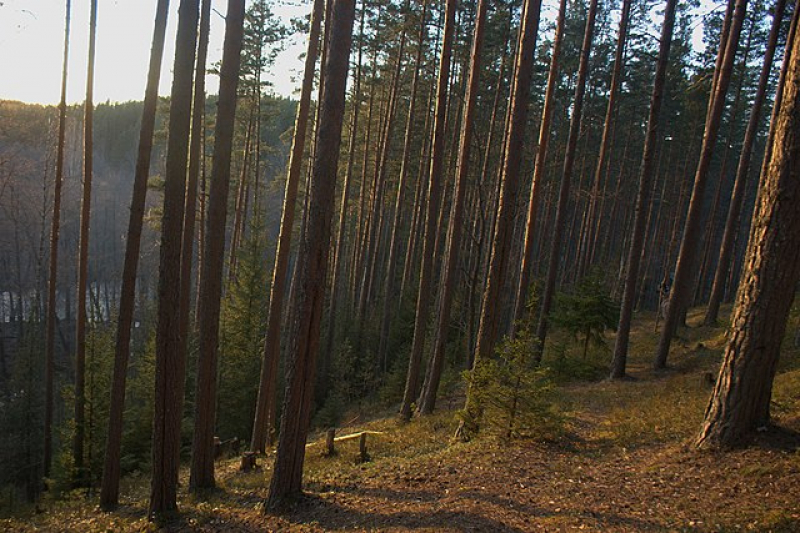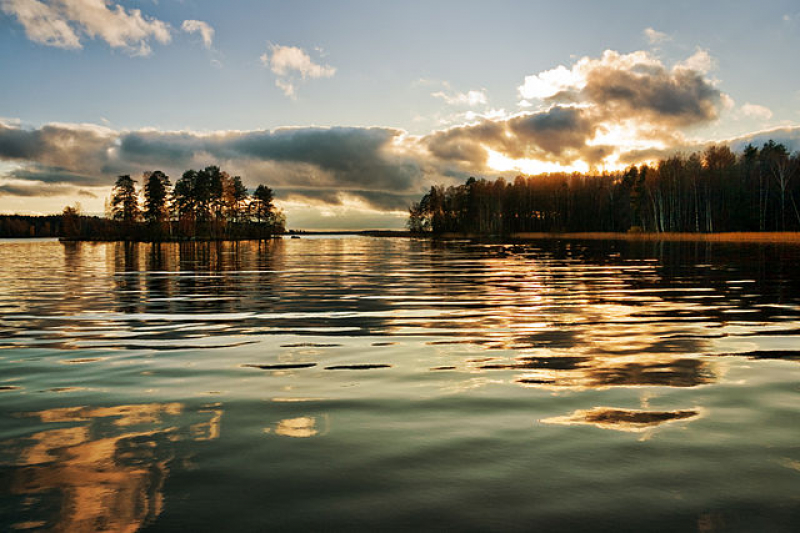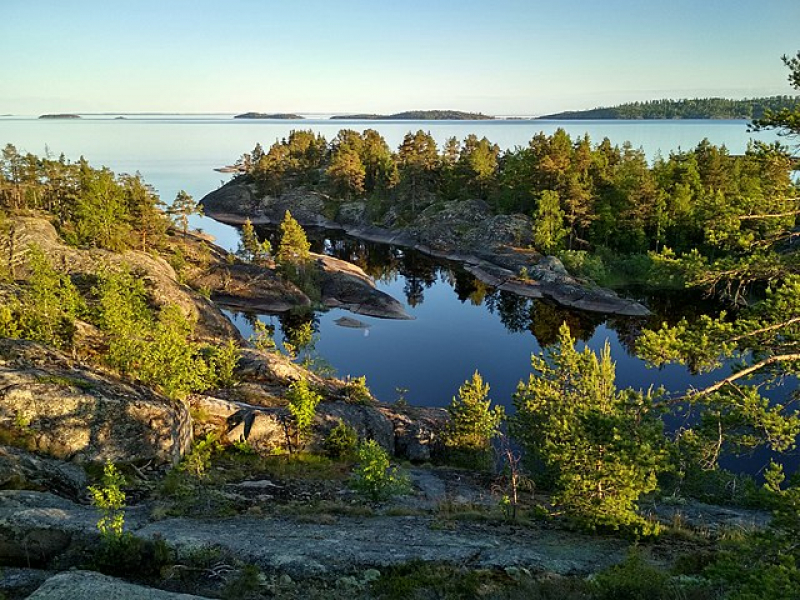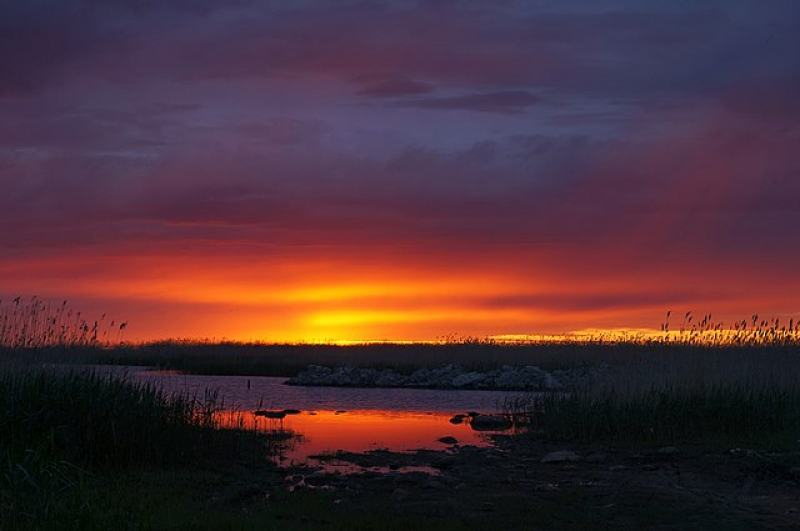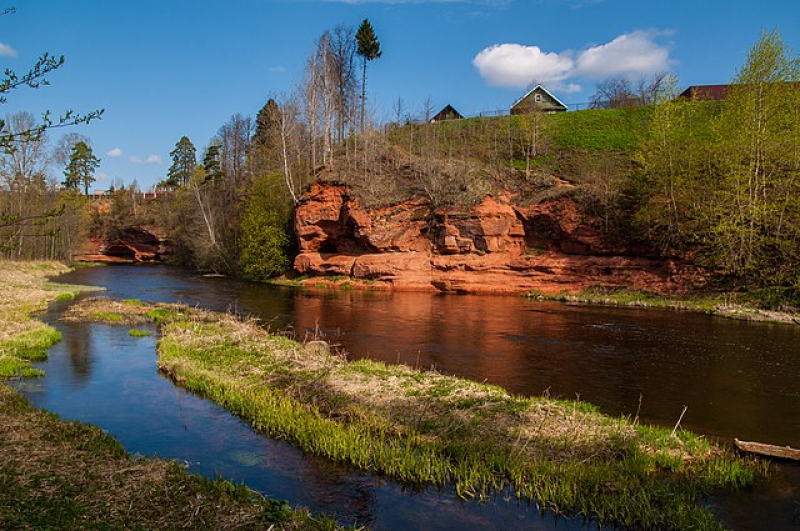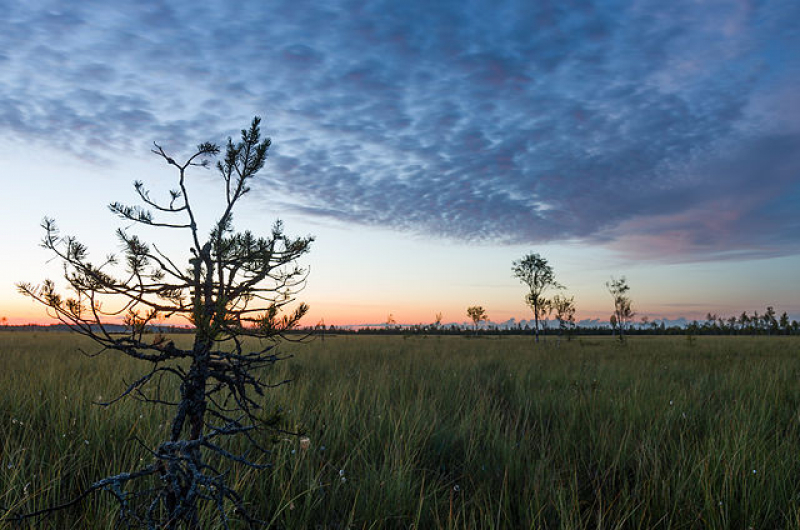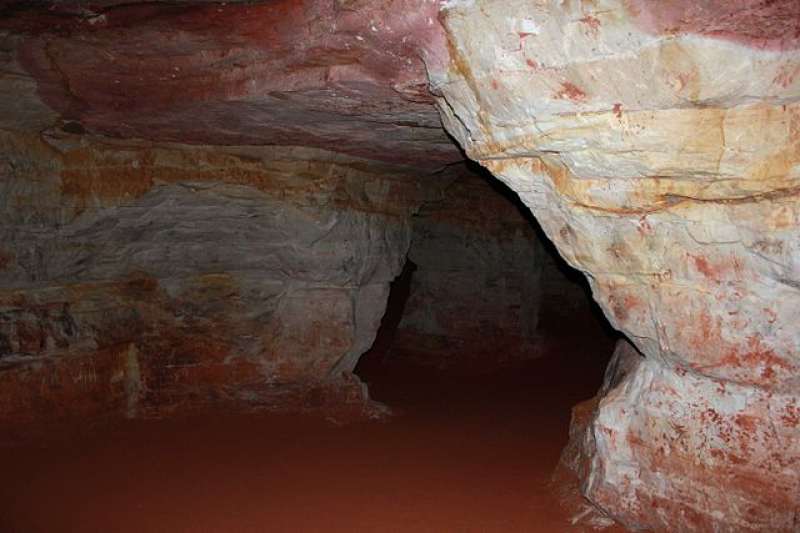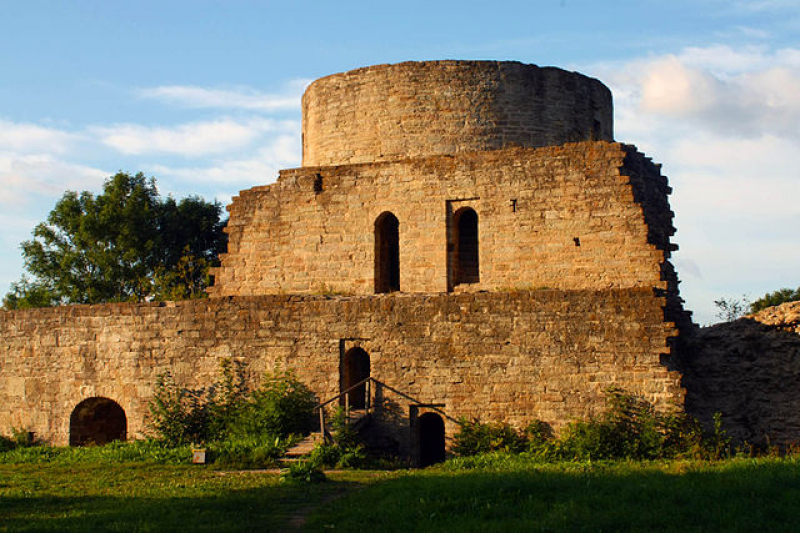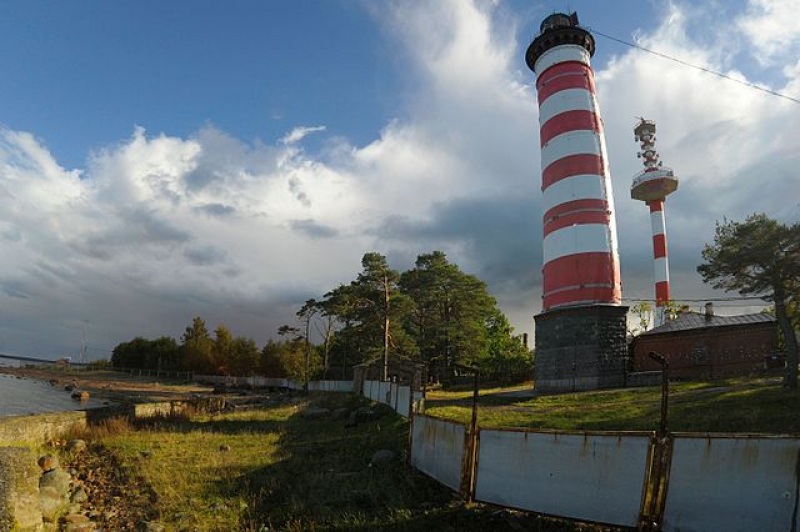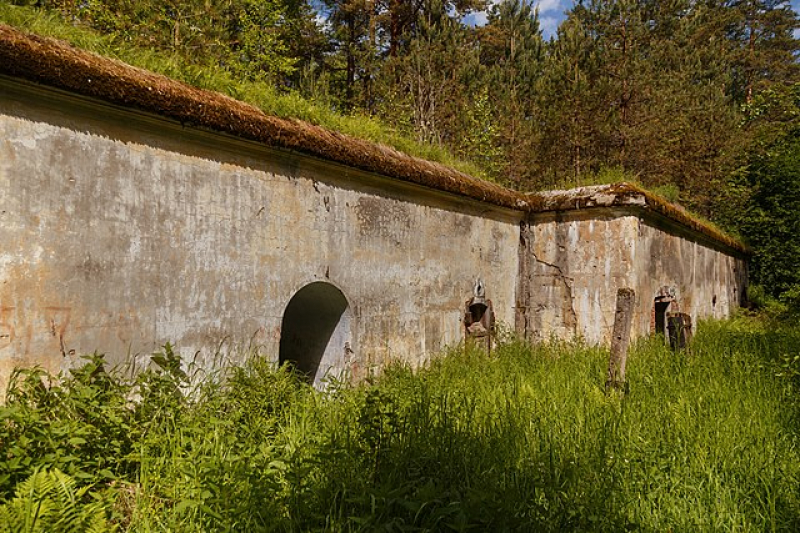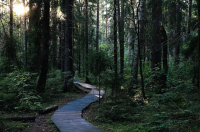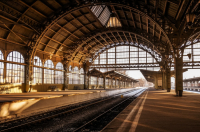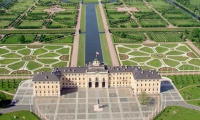One of St. Petersburg’s nicest features that’s often overlooked is the fact that the nature around the city is very diverse depending on which way you go. Basically, there are five destinations: north, north-west, south-west, south, and east, so anyone can find something to their liking.
Destination: North-West
Description: Probably the best area to start with. Often called “The Resort District,” it features picturesque beaches along the coast of the Gulf of Finland and beautiful forest areas, with a great number of small lakes that are perfect for swimming. The most popular spots are well-managed and easy to traverse, and there are several cool eco-paths that are perfect for one-day trips.
In case you’re feeling more adventurous, there are also the bigger lakes further to the north, but getting there calls for a lot more walking – and you should consider studying the routes in advance and bringing everything you might need along. On the bright side, these parts are almost ideal for overnight camping.
How to get there: Finland Railway Terminal or buses leaving from near the Chyornaya Rechka subway station.
General advice: despite the great nature, the area along the Gulf of Finland is well-developed, meaning you can easily finish your trip at a cozy cafe or restaurant. As for swimming in the gulf, I would rather advise against it, as it’s quite shallow and not exactly clean – although good enough for SUP surfing.
Destination: North
Description: Despite its proximity to the north-western area, the nature here is quite different: mossy forests and quiet lakes give way to hills and pine groves occasionally crossed by small streams and swamps. There are several large lakes within reach of railway stations that often get crowded on sunny days, but the real jewel of this destination is the Vuoksi River with its numerous islands and many opportunities for water-based activities. Another great attraction are the Ladoga Skerries – the area of Lake Ladoga that’s full with small rocky islands, really picturesque and perfect for long kayaking tours.
For experienced hikers, there’s also Lake Yastrebinoye and the Small Rocks – a natural monument and a popular climbing destination. The route there is quite infamous for being a real challenge, and is known as the “Ho Chi Minh Trail” among the locals.
How to get there: Trains from the Finland Railway Terminal or the Devyatkino railway station (directly accessible from the subway station of the same name), or buses from the Northern Bus Terminal (also near Devyatkino).
General advice: this destination definitely calls for more preparation, as the distances are way longer and the roads are generally worse. Also, mind that the gaps in the train schedule can be quite long, so getting back on time is essential if you don’t like waiting a few hours for the next train.
Destination: East
Description: The closest areas to the east of St. Petersburg are densely populated, but still have a very nice Central Russia feel – fields and mixed forests, along with the southern part of the grand Lake Ladoga. Nevertheless, for a real nature experience, you’ll have to go a lot further to the Vepsian Upland on the border with Vologda Oblast. Making your way there is by no means easy, but is most rewarding, as the place boasts pristine nature and some of the most beautiful landscapes in the European part of Russia.
How to get there: You can easily reach Lake Lagoda and the surrounding settlements by train from the Moskovsky and Ladozhsky railway terminals, or buses that depart from around the metro stations Rybatskoye and Ulitsa Dybenko. Going to the Vepsian Upland is best done as part of a tour or an experienced group.
General advice: If you decide to go to the Vepsian Upland, take your time to prepare, read about the history of this place, and choose your companions – missing out on even a part of this journey will really be a shame.
Destination: South
Description: While the south of Leningrad Oblast is usually associated with St. Petersburg’s famous suburbs, there is a lot more to it than palaces and parks. The river Luga, which traverses this area, is a cool place for kayaking, and some of its tributaries are especially fun to explore due to their irregular banks that often have steep cliffs with small caves and grottos. The forests in these parts are usually thick, swampy and generally less easy to travel, but beautiful nonetheless – just don’t forget to bring rubber boots and lots of mosquito repellent with you.
Speaking of swamps, there’s also the Mshinskoye Boloto (swamp) – another major nature reserve that’s worth visiting. Just remember that the bigger the swamp, the more dangerous it is – the general rule is to never step anywhere unless you’re totally sure it’s safe.
Finally, for a different kind of an experience, you can make your way to the Sablino Caves – an underground labyrinth that’s a remainder of a major mining operation. While exploring the entire complex calls for the corresponding experience, there’s a route that you can visit as part of a tour. The surrounding area is also considered a natural monument, and has a couple of curious sites.
How to get there: Baltiysky and Vitebsky railway terminals.
General advice: While bringing insect repellent with you is always a good idea, it’s totally a must in this area. Also, watch out for snakes – although they are generally more scared of you than you are of them, you should definitely be cautious. Finally, although there are some good spots in this area, the pests and humidity make most of this area unfit for overnight camping.
Destination: South-West
Description: Although the south-west of Leningrad Oblast isn’t really about nature, there are quite a few spots that make it a cool place to enjoy after you’ve been to other destinations. While those wanting a stroll along the southern coast of the Gulf of Finland usually go to Peterhof, there are many wonderful spots along the coast further to the west. Another fine pastime one can enjoy here is exploring various peculiar sites, from the Koporye Fortress and old fortifications along the coastline to Shepelevsky Lighthouse and the forsaken Vertical research facility – while this is not exactly about being in the nature, it is still a novel outdoor experience.
How to get there: Trains from the Baltiysky railway terminal, buses that depart from around the metro station Avtovo.
General advice: If you’re planning to visit the sites I mentioned, be sure to learn the essential info in advance: access to some may be restricted, while others can be unsafe due to their derelict state.
Well, that covers an overview of the essential nature destinations around the city. And if you’re interested in other kinds of things to do, check our articles on trips to other notable Russian cities, or guides to summer activities in St. Petersburg.
